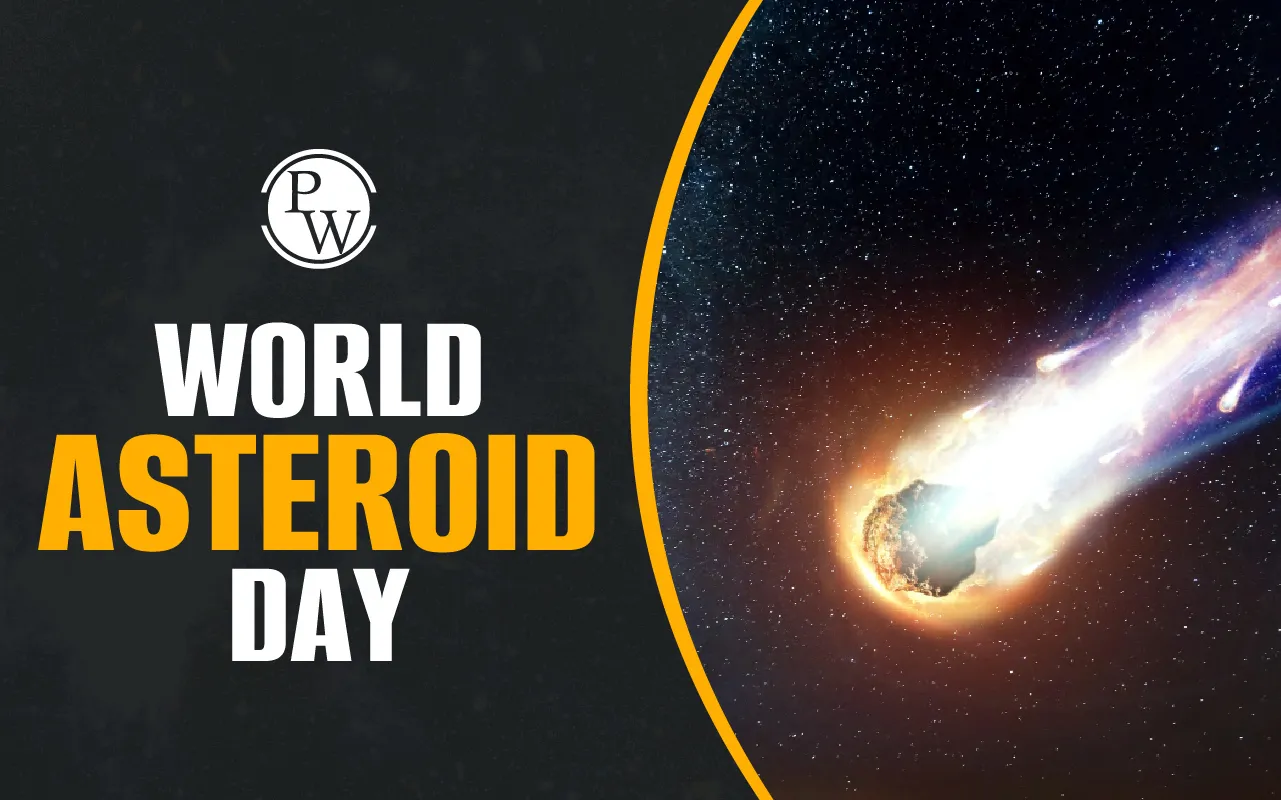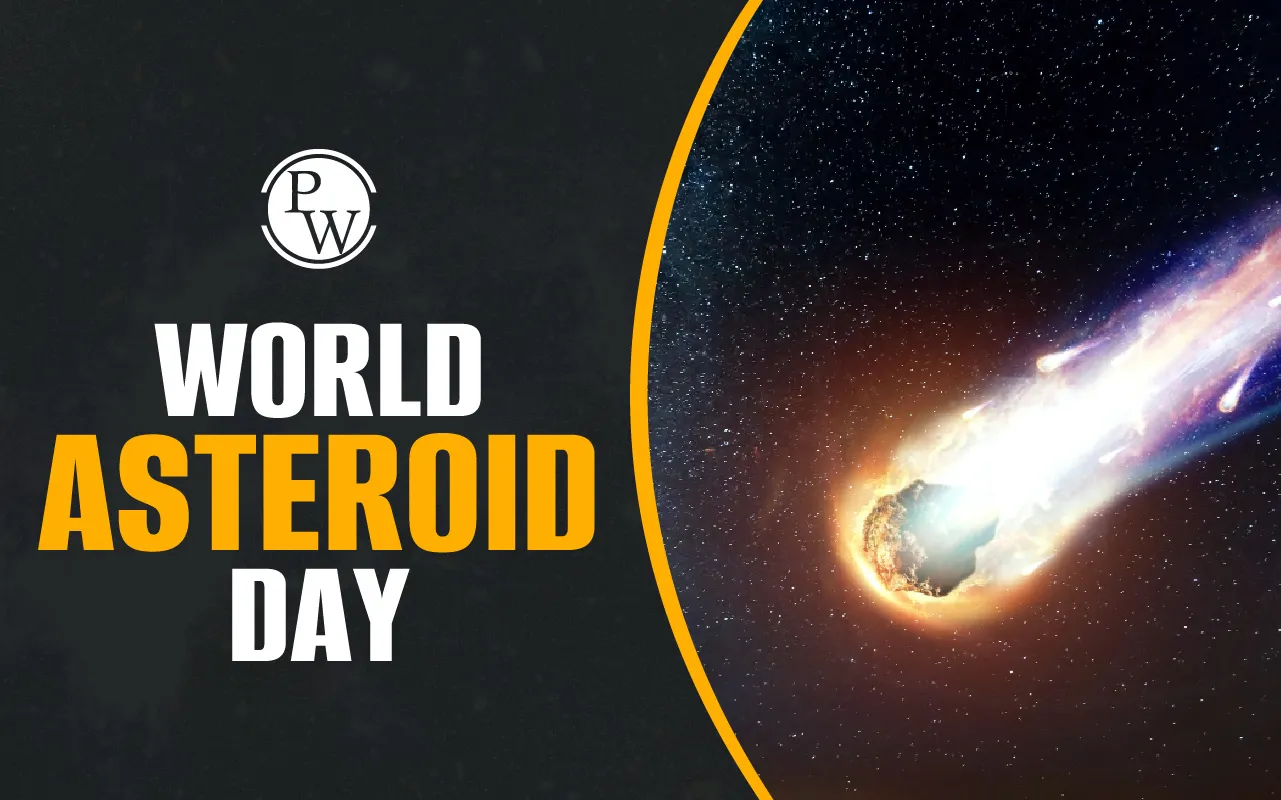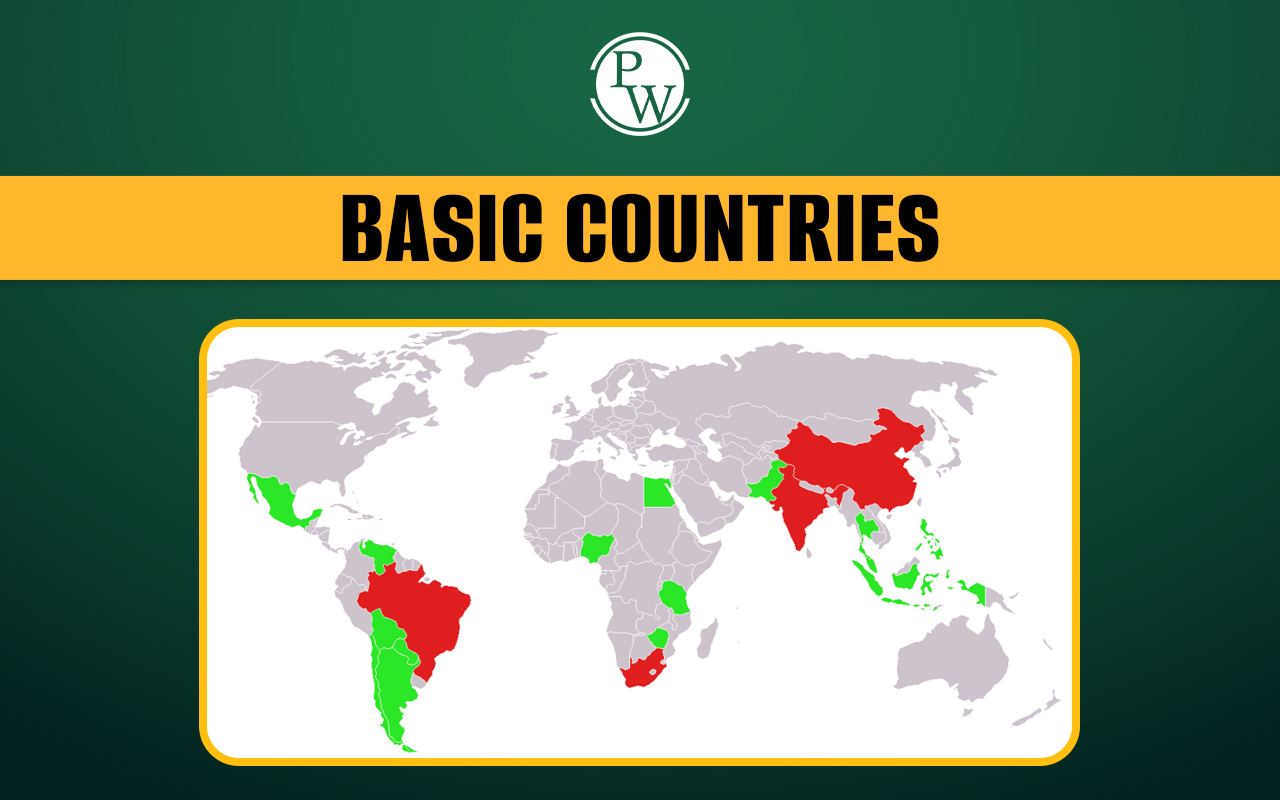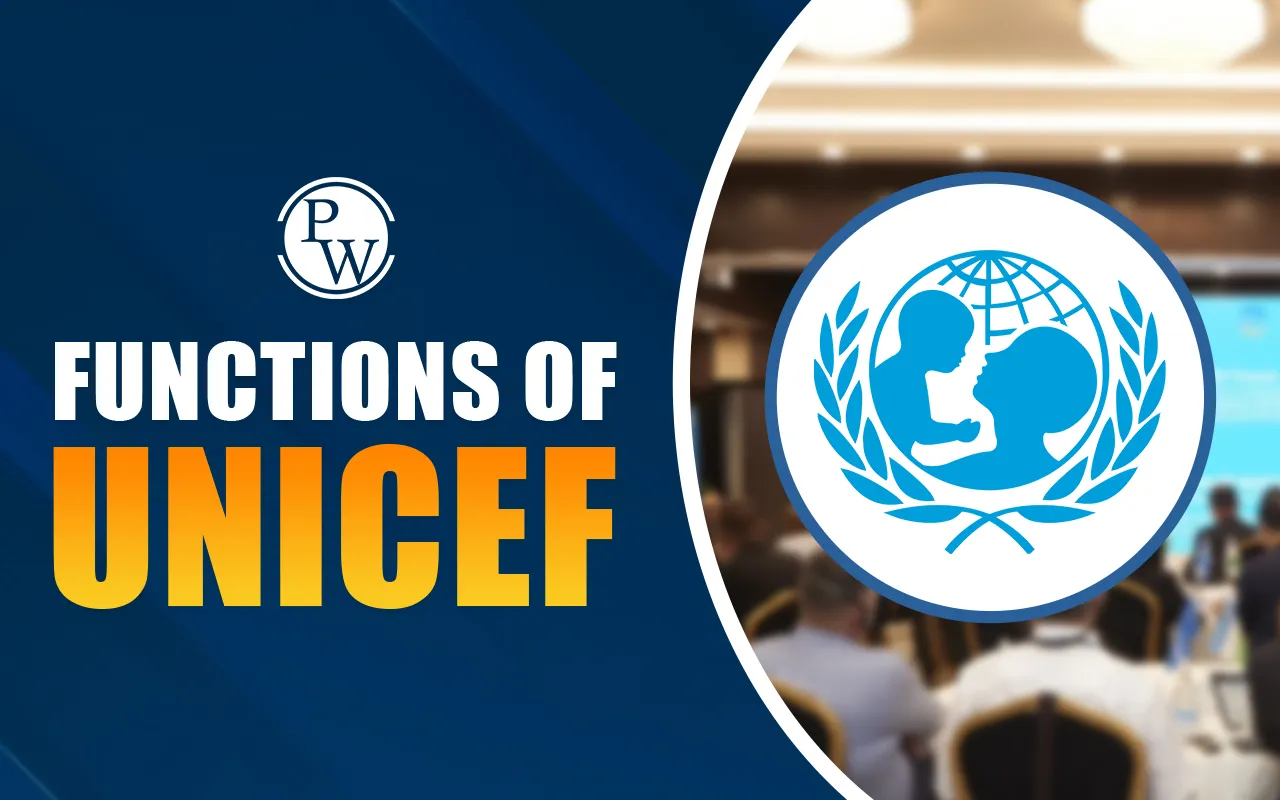

World Asteroid Day 2025 will be celebrated on Monday, 30th June, across the globe. The date was chosen because of the Tunguska event, which occurred on 30th June 1908, when a massive explosion caused by a meteor flattened a large area in Siberia. In 2025, Asteroid Day gains greater importance as it celebrates 10 years since its first global observance in 2015.
Space agencies, schools, and science institutions will organise discussions, lectures, planetarium shows, and exhibitions to make the public aware of how asteroids are tracked and studied. Read on to learn more about World Asteroid Day 2025!
World Asteroid Day 2025
Every year, World Asteroid Day is observed on June 30th to raise awareness about the importance of asteroids and the need to protect Earth from possible impacts. World Asteroid Day 2025 marks the 10th anniversary of this event, highlighting a decade of global efforts in space education and planetary defence.
World Asteroid Day 2025 encourages scientists, students, and the general public to learn about asteroids, track near-Earth objects, and understand how we can prevent future asteroid collisions.
| World Asteroid Day 2025 Overview | |
| Date | June 30, 2025 |
| Edition | 10th anniversary of Asteroid Day |
| Location for Celebration | Luxembourg City, Luxembourg (Cercle Cité and Philharmonie Luxembourg) |
| Global Reach | Thousands of events worldwide, online and in-person participation |
| Purpose | Raise awareness about asteroid threats, planetary defence, and the role of asteroids in science and exploration |
| Origin | Commemorates the 1908 Tunguska event in Siberia |
| UN Recognition | Officially sanctioned as International Asteroid Day by the United Nations in 2016 |
| Founders | Brian May, Grig Richters, Rusty Schweickart, Danica Remy |
| Key Activities | Astronomer For A Night (sky observation), Space Lecture, Asteroid Day Festival, Art & Science Performance, Augmented reality, planetarium, coding challenges, crafts, expert talks, astronaut meet-and-greets |
| 100X Declaration | A call to increase the asteroid discovery rate 100-fold; open for public signature |
| Organizers | Asteroid Foundation and its global partners |
World Asteroid Day 2025 Theme
Each year, a new theme guides the focus of the events and activities. While the official theme for 2025 is yet to be released, the 10th anniversary celebration will take place from June 26 to 28, 2025, in Luxembourg, featuring a blend of art and science through performances, creative experiences, and inspiring encounters.
History of International Asteroid Day
The idea of International Asteroid Day began after a serious space event, the Chelyabinsk meteor explosion over Russia in 2013. This unexpected incident injured over 1,500 people and reminded the world that space rocks can pose real dangers.
In 2014, Asteroid Day was proposed by a group of prominent figures: astrophysicist and Queen guitarist Dr. Brian May, Apollo 9 astronaut Rusty Schweickart, filmmaker Grig Richters, and B612 Foundation President Danica Remy. Their efforts led to the first Asteroid Day being observed in 2015.
The Association of Space Explorers pushed for an international observance. In 2016, the United Nations officially declared June 30th as International Asteroid Day by resolution A/RES/71/90, to commemorate the anniversary of the Tunguska event, the largest recorded asteroid impact on Earth, which occurred over Siberia on June 30, 1908.
Credit: NASA
What are Asteroids?
Asteroids are small, rocky objects that orbit the Sun. They are made of different materials like rock, metal, and sometimes ice. Asteroids were formed during the early solar system, around 4.6 billion years ago, and are essentially space leftovers ranging in size from small pebbles to giant rocks over 500 kilometres wide.
Asteroids are broadly classified into three main types based on their composition:
-
C-type (carbonaceous): The most common, dark in appearance, made mostly of clay and silicate rocks, and among the oldest objects in the solar system.
-
S-type (stony): Composed of silicate minerals and nickel-iron, relatively brighter than C-types.
-
M-type (metallic): Made primarily of nickel-iron, often remnants of the cores of differentiated bodies.
Most asteroids orbit in the asteroid belt between Mars and Jupiter, but some have orbits that cross Earth's path (Near-Earth Asteroids) or are located elsewhere in the solar system.
Interesting Facts About Asteroids
Here are some interesting facts about asteroids:
-
The word “asteroid” means “star-like” in Greek.
-
Ceres (583 miles), located in the main asteroid belt between Mars and Jupiter, is the largest asteroid and also classified as a dwarf planet.
-
Some large asteroids have their own tiny moons or exist as binary systems.
-
Vesta, another large asteroid, is visible from Earth without a telescope.
-
NASA’s OSIRIS-REx mission collected samples from asteroid Bennu in 2020.
-
NASA’s Dawn spacecraft orbited both Vesta and Ceres, providing detailed images and data about these worlds.
-
Many asteroids are named after famous scientists, authors, and even cities.
-
A major asteroid impact is believed to have caused the extinction of dinosaurs 66 million years ago.
-
Only about 40% of large near-Earth asteroids have been detected, leaving room for future exploration.
Asteroid vs Meteor vs Comet
Although these terms are often confused, they refer to different space objects:
| Feature | Asteroid | Meteor (and Meteoroid/Meteorite) | Comet |
| Definition | Small, rocky object orbiting the Sun |
|
Icy body orbiting the Sun |
| Composition | Mostly rock and metal | Rock or metal (meteoroid/meteorite) | Ice, dust, rock |
| Location | Mainly in the asteroid belt between Mars and Jupiter |
|
Originating from outer solar system (Kuiper Belt, Oort Cloud) |
| Appearance | Point of light in telescope; irregular or round shapes | Meteor: Bright streak of light in the sky | Fuzzy appearance, often with a glowing coma and long tail |
| Behavior | Orbits Sun, does not develop a tail | Meteor burns up in atmosphere; meteorite lands on Earth | Develops coma and tail when near the Sun (ice vaporizes) |
| Size | From a few meters to hundreds of kilometers | Usually pebble-sized to a few meters | Nucleus can be a few kilometers across |
In short, asteroids orbit in space, meteors burn in the sky, and comets glow with a tail.
International Year of Asteroid Awareness and Planetary Defence
While 2025 celebrates the 10th anniversary of Asteroid Day, the International Year of Planetary Defence is officially planned for 2029. That year, the asteroid 99942 Apophis will pass very close to Earth, closer than some satellites. This global initiative aims to engage the world in discussions and educational activities to understand the risks and opportunities posed by near-Earth objects (NEOs).
World Asteroid Day 2025 Significance
World Asteroid Day 2025 marks a decade of awareness, exploration, and action. Here is why this day is important:
-
10th Anniversary: Celebrates a decade of global awareness and education on asteroid risks and planetary defense.
-
Promotes Scientific Literacy: Enhances public understanding of near-Earth objects (NEOs) and their potential impact on Earth.
-
Supports Global Coordination: Encourages international collaboration on asteroid detection, monitoring, and emergency response planning.
-
Highlights Planetary Defense Efforts: Showcases progress in space research, including missions like DART and ongoing threat assessment programs.
-
Engages the Public Through Events: Offers educational activities, exhibitions, and discussions blending science with creativity to inspire action and curiosity.
In essence, Asteroid Day 2025 marks ten years of raising awareness, educating the public, and preparing to protect our planet. It’s a time to reflect on our progress and strengthen our commitment to science, discovery, and working together globally.
Want to explore space, science, and current affairs for UPSC? Join PW UPSC Courses and get guidance, study material, and everything you need to crack the exam with confidence. Start your learning journey with PW today!
World Asteroid Day 2025 FAQs
What is World Asteroid Day?
What are asteroids made of?
Where are asteroids found?
Why was World Asteroid Day created?
Who founded Asteroid Day?

UPSC Coaching












